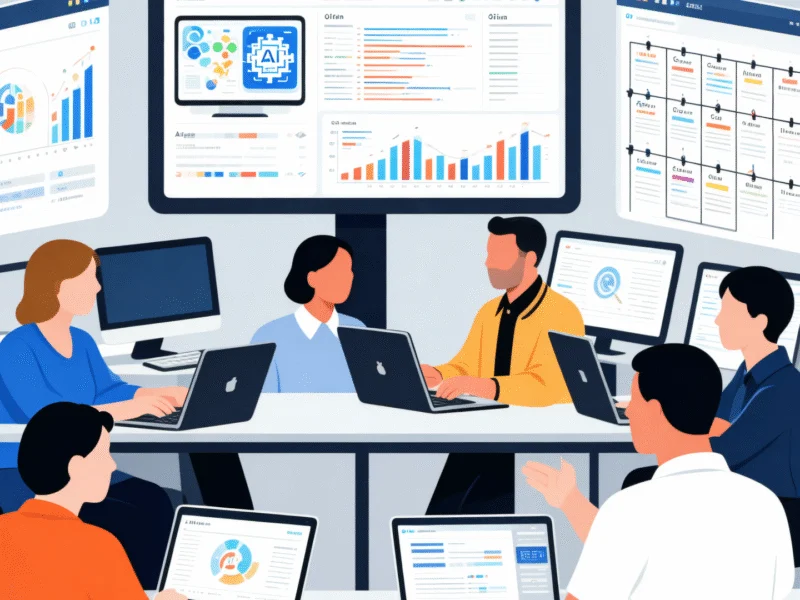The AI Productivity Paradox: Widespread Use Without Organizational Gains
While artificial intelligence has become embedded in daily work routines, most organizations are failing to translate this adoption into meaningful business outcomes. According to comprehensive research from Atlassian, daily usage of AI tools among employees has doubled over the past year, yet 96% of companies report no dramatic improvements in organizational efficiency, innovation, or work quality.
Individual Enthusiasm Versus Organizational Reality
The study reveals a striking contradiction: while individual workers increasingly embrace AI technology and the number considering it “useless” dropped by 78%, this hasn’t translated to organizational success. Only 3% of executives reported transformational changes in efficiency, with even fewer (2%) noting significant improvements in work quality across their teams.
“I’m not seeing any kind of major transformational change in how teams are operating,” one executive anonymously commented in the Atlassian research report. “They’re basically operating in the same way just with some extra bells and whistles.”
The Critical Gap in AI Implementation Strategy
Experts identify the missing link as strategic implementation. The research suggests that successful organizations combine top-down leadership with bottom-up adoption, creating a cohesive approach to workplace productivity enhancement. Without this balanced strategy, companies risk having powerful tools like AI chatbots and Slack integrations that deliver individual convenience but fail to drive organizational transformation.
Security Concerns Compound Implementation Challenges
The adoption surge brings additional complications, particularly around data security. Recent analysis shows that 43% of workers have shared sensitive organizational data with AI tools, creating significant security vulnerabilities that organizations must address alongside their implementation strategies.
The path forward requires moving beyond tool adoption to fundamentally rethinking workflows and collaboration patterns, according to analysis of the comprehensive data. Companies that successfully bridge this gap will likely see the transformational benefits that have so far eluded most organizations.



